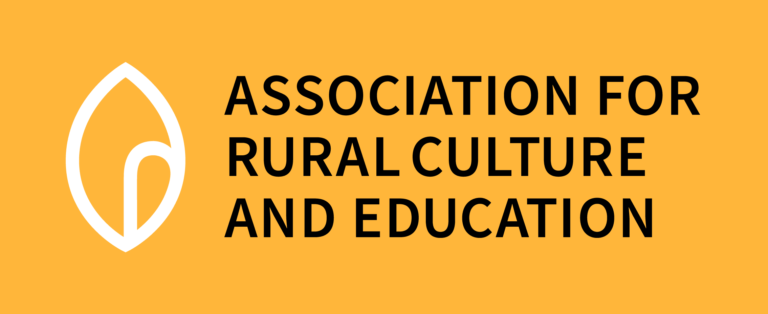Environmental art
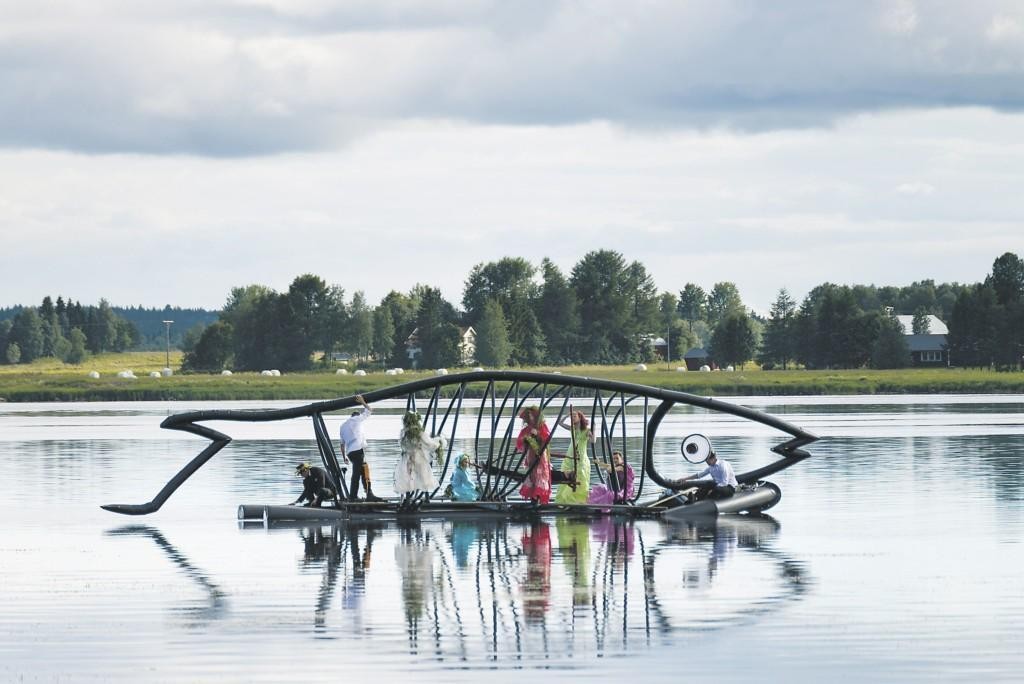
Art for well-being and vitality
Being part of a community and organising local activities are central to our operations.
Being part of a community and organising local activities are central to our operations. Site-specific art-making, relating to cultural identities, is a starting point for our work. We can use art to reflect on who we are, and what kind of signs and signals we want to create with it in our cultures and environments. We believe that everyone should have the opportunity to achieve personal growth, learn and be creative.
Extending our artistic activities beyond major population centres creates employment opportunities for artists in places that can be far from cultural centres, museums and jobs in creative industries. Our goal is to encourage the involvement and interaction of residents of different ages and backgrounds, as well as cooperation between people in rural and urban areas.
We all pass countless places every day that are going through some sort of transformation. They are either abandoned, waiting to be repurposed or already turning into something else. Artistic interventions can introduce unexpected opportunities for trying out something different.
We produce multi-arts and multimedia events, festivals, exhibitions, seminars, workshops and publications through means of environmental art, working with museums, municipalities, artists and various local, national and international organisations.
Projects and residencies
We have recruited artists to work on different sites and environmental issues. The artists that we recruit typically stay in the community of their choice for a few weeks, working and interacting with the community. The outcome can be a public work of art, a video, a dance performance or an environmental act depending on the artist, the community, and the spirit of the site. Our aim is also to increase cooperation with rural and urban areas.
Introducing challenging art to new sites is an important part of the endless project of education – Kristiina Ljokkoi, curator at our A Sense of Place project
We have worked with artists on productions on sites such as abandoned buildings and wasteland, forests, fields and market squares. We have built an art gallery out of snow and ice, transported a group of dancers on a ferry along the river Tornionjoki, sat still to hear stories about the sea by people who live in the outer archipelago and organised pop-up dance events in busy town squares.
The COVID-19 pandemic has also prompted us to develop ways to participate digitally so that artists can choose where they work as long as their work process is transparent and can be followed on social media. The work can be tangible, non-tangible or digital.
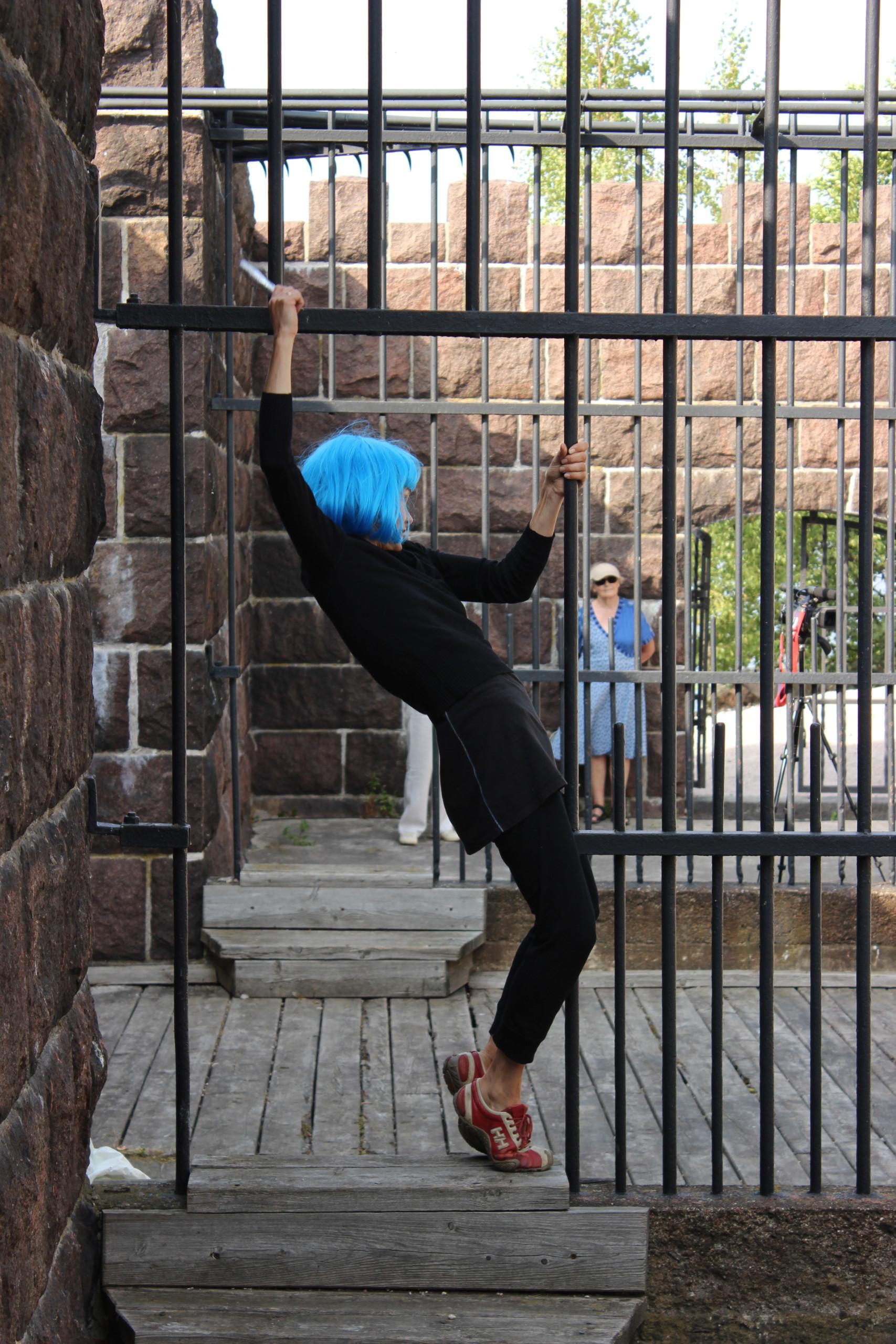
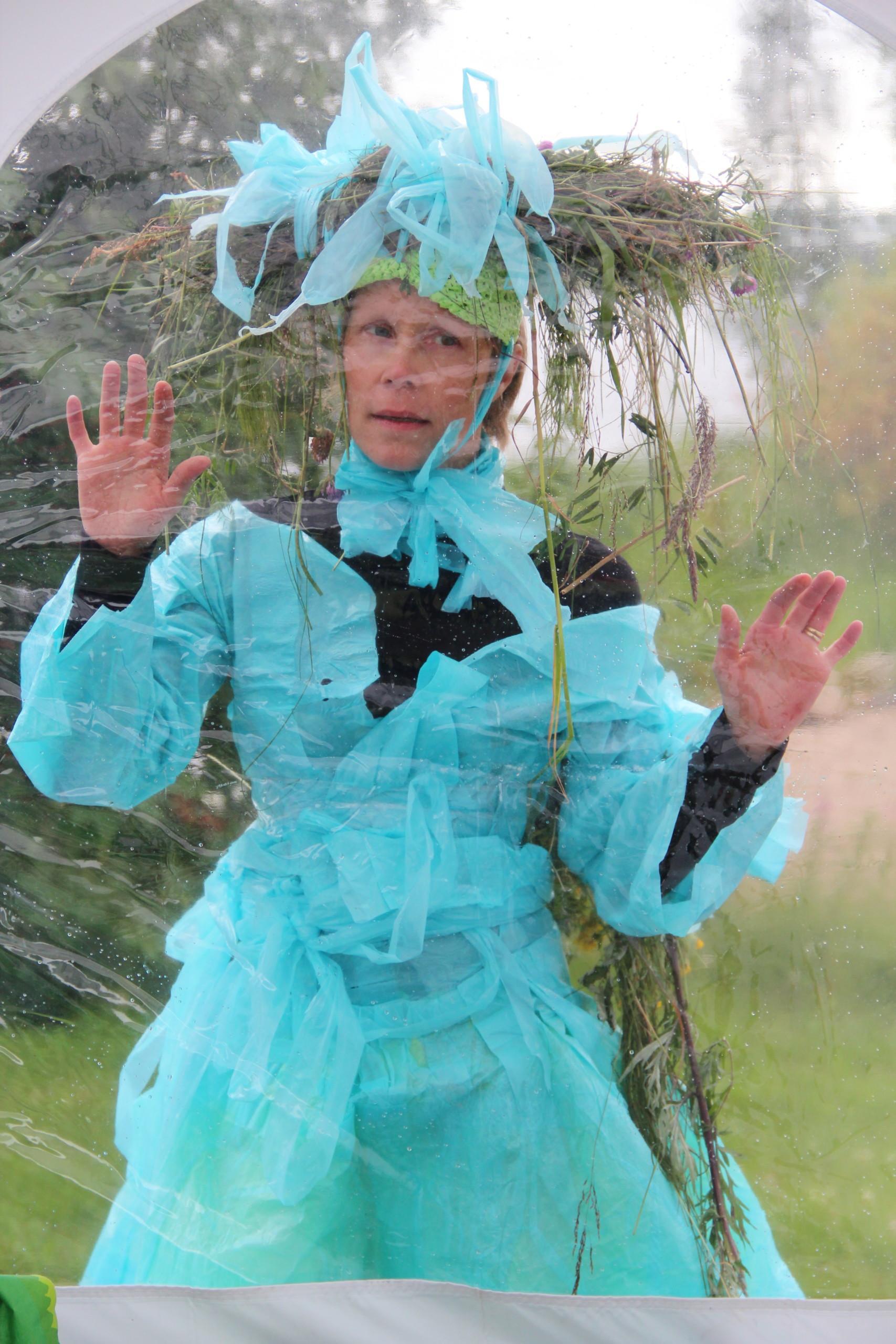
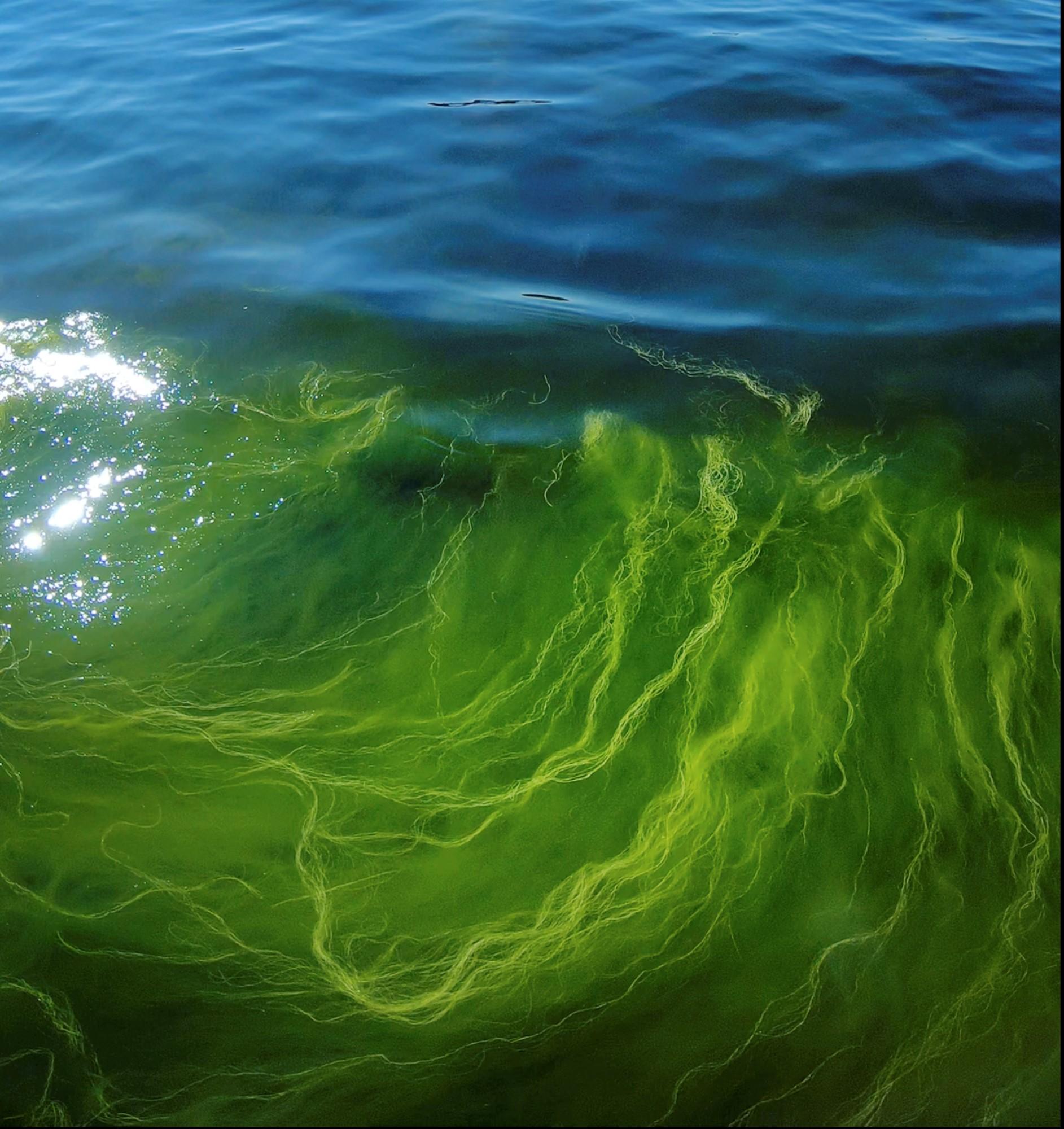
BALTIC SEA DAY
The Baltic Sea Day, launched and coordinated by the John Nurminen Foundation, is celebrated every year on the last Thursday in August with various events and rallies. The goal of the theme day is to highlight important marine themes, and to encourage people to take concrete action for the Baltic Sea. The event celebrates the versatility and immeasurable value of the Baltic Sea. Moreover, the celebration seeks to disseminate information on marine nature, culture and history. In 2022, the Baltic Sea Day will be celebrated on 25 August.
Baltic Sea DayContact us
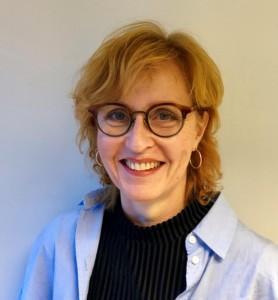
Helka Ketonen
Director for Cultural Affairs
+358 403 577 662 helka.ketonen@msl.fi Read more about the person
Twitter – Linkki avautuu uudessa välilehdessä


